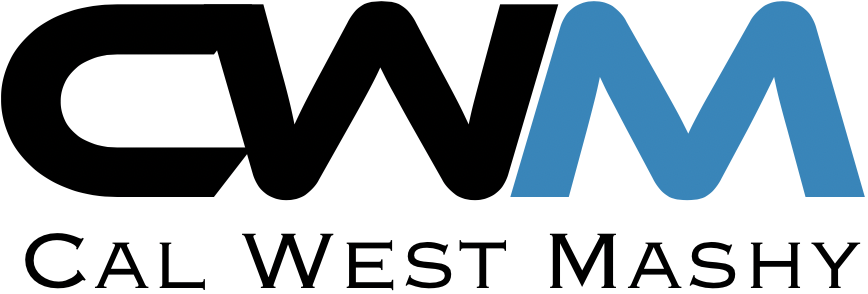MICROWAVE ASSISTED DRYING
Microwave use today finds practical applications in vacuum drying used on filter-dryers and on vacuum dryers. This system can be utilized with polar products (i.e. water) or polarizable, with ionic compounds or conductive (i.e. carbon black).
Microwave drying is a complex technology since the industrial application depends on many parameters varying as a function of: the dryiness, the drying temperature, the degree of vacuum, the physical and geometrical properties of the crystals, the product quantity and many others. Moreover undesired side effects can be observed such as: arcing, microwaves leakage, hot spots, reflected power. To prevent such side effects and to optimize the utilization of this technology Cogeim collaborated with Engineering faculty of the University of Modena and Reggio in Italy, which implemented the theoretical studies and modeling of the microwave distribution under vacuum in environments similar to the ones of the dryer.
Main Functions
Conventional drying is performed by a heat transfer to the
product via the dryer internal walls, heated by a jacket,
and is integrated with the electromagnetic energy given directly to the product by the microwave generator. The combination of the two types of heating brings out and complements the specific characteristics of each of the two systems with remarkable final benefits.
The system is made up of the following parts:
Microwave generator and control and modulation system
Wave guide
Filter-dryer or dryer
Features
Microwave generator and control and modulation system
The microwave generator, commonly called Magnetron, is suitable for installation in safe area. The Magnetron power supply, the microwave tuner and the
circulator are to be installed at a close distance.
Wave Guide
The wave guide is made up of a metal channel that guides the microwaves from the generator to the drying equipment.
Filter-dryer or dryer
It is provided with an external heating jacket and heated agitator.
Some characteristics and specific components are modified to make it ideal for microwave use, specifically the internal geometry, the internal surface characteristics, the seal system, the choice of special materials, etc.
Advantages
Shorter drying times
Decrease in residual humidity
Final product is more homogeneous and more evenly dried
Decrease in balling and crusty lumps • Other collateral effects (decrease in product viscosity, easier to emulsify, reduction is synthesis times, etc.



